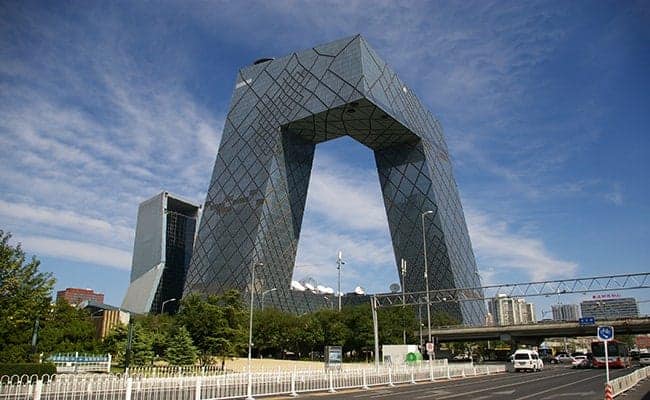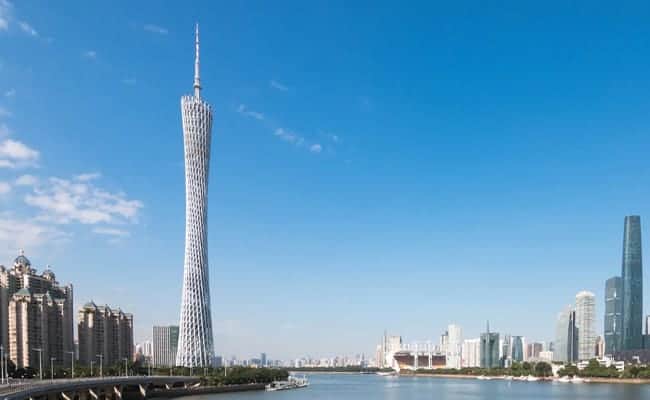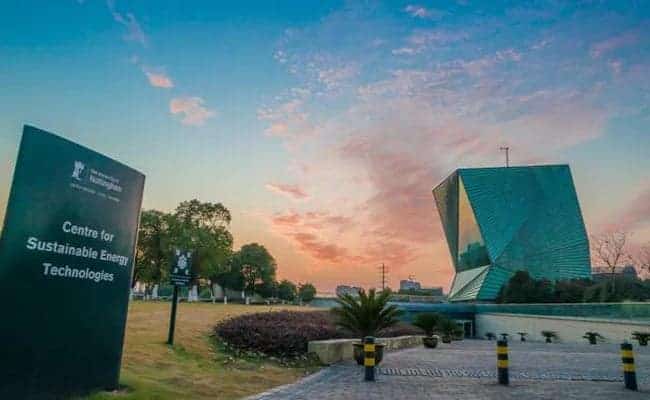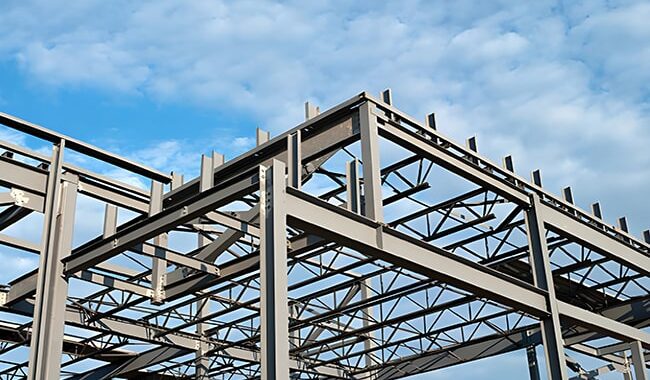A steel frame is a structure made of steel, usually connected by welding, bolting, or riveting steel beams, columns, bracing,…
Steel Building Case Study for Challenges and Solutions reveals the dominance of steel structures due to their superior attributes, such as unparalleled strength, long-lasting durability, earthquake resistance, and unlimited design possibilities.
In recent years, steel structure buildings have occupied most of the market share in construction with their unique advantages, such as high strength, durability, earthquake resistance, and design flexibility. However, in the face of these wonderfully designed and individual buildings, engineers and architects must face various challenges and problems: structural design feasibility, resistance to natural disasters, sustainability, safety, maintenance, and the application of innovative technologies. To cope with these challenges, mature technology and experience are needed, and innovative ideas, tenacity, and a responsible attitude are needed.

Steel Building Case Study For Challenges and Solutions
Question 1: Structural design and maintaining stability
Challenge: The structural design of steel structure buildings and maintaining their stability are essential and complex tasks. Only when the design is reasonable and the strength of the structure is ensured can the safety of the building be guaranteed. Since steel structure buildings have long spans and high heights, it is quite a challenge to ensure the stability of the building under any circumstances.
Solution: Use steel with reasonable properties. Especially for multi-story or high-rise super high-rise buildings, high-strength performance steel is one of the main methods to ensure the stability of the building. At the same time, designers must use advanced calculation and analysis tools to reasonably analyze and optimize the structure and conduct experimental simulations and tests to ensure the stability of the building under various external forces.
Steel Building Case Study: CCTV Headquarters
The China Central Television Headquarters has a unique shape. The two main buildings are connected into one from above, and the architectural shape is highly irregular. It even looks tilted from the outside, giving people the first impression of being “extremely unsafe.” The complex and difficult challenges the unique shape will bring to design and construction can be seen.

Solution: The structure looks tilted from the outside, but the core is vertical during the design. The designer used high-strength steel, and the suspended parts dispersed the stress through steel trusses, external keels, and diagonal tie rods to ensure the stability of the building structure. Stability. This is one of the successful cases of steel structure buildings overcoming their stability when designing and constructing super high-rise buildings.
Question 2: Wind and earthquake resistance
Challenge: Any building needs to have good wind and earthquake resistance. Wind and earthquakes easily affect High-rise steel structures due to their significant height and weight. Therefore, it is tough to ensure the safety of steel structure buildings under extreme climate conditions.
Solution: Dampers are an artifact to solve wind resistance problems in high-rise buildings and skyscrapers! The damper is typically a giant sphere weighing hundreds of tons that sits atop tall buildings to dampen vibrations caused by wind in the building. Another type is wind tunnel model testing, which can more accurately determine the impact of load on the structure, thereby providing designers with load analysis and reasonable design. In addition, advanced technologies in earthquake engineering and various anti-seismic measures can ensure buildings’ earthquake resistance and stability.
Steel Building Case Study: Canton Tower
Canton Tower is an iconic super high-rise building with a height of 600 meters, making it the tallest tower in China. Canton Tower, also known as Xiaomanyao, subverts the design principles of steel structure buildings that are thin at the top and thick at the bottom, with a downward center of gravity and symmetrical structure. The entire Canton Tower is significant at the top, small at the bottom, thin in the middle, and thick at the top. It is a massive challenge for design and construction.

Solution: Scientists designed a 12-meter-high model of the Canton Tower to scale and tested it by applying various external forces to optimize the design. A damper can be used as a fire water tank, preventing wind and undertaking fire-fighting tasks in the event of a fire.
Question 3: Environmental protection and sustainability
Challenge: Steel structure materials will produce a large amount of pollutants during the production process. Waste gas, wastewater, waste residue, etc., significantly impact the environment. The construction industry’s pursuit of green environmental protection and sustainability is an essential goal.
Solution: Improve steel production technology, strictly implement environmental protection management systems, and develop and use renewable resources and recycled steel applications. Extend the service life of steel structures.
Steel Building Case Study: The Sustainable Energy Center Building of the University of Nottingham
The Sustainable Energy Center Building of the University of Nottingham Ningbo, China, adopts the concept of “increasing revenue and reducing expenditure” to couple the application of low-carbon technologies to achieve near-zero carbon emissions in building operations. The building envelope adopts a double-layer curtain wall structure to improve the thermal insulation capacity of the glass curtain wall, effectively improve the indoor environment and reduce noise; it insists on giving priority to natural ventilation and energy conservation; it makes full use of solar photovoltaic and photothermal energy; and adopts ground source heat pump technology.

Question 4: Maintenance and Durability
Challenge: Due to the metallic properties of steel, steel structure buildings are highly susceptible to corrosion and aging caused by environmental influences. Regular maintenance can maintain its performance and appearance and extend the life of the building.
Solution: Reduce environmental impact by applying anti-corrosion measures, regular inspection, and maintenance.
Steel Building Case Study: Eiffel Tower
The world-famous Eiffel Tower has a life expectancy of 25 years, but it still stood 130 years ago. The main reason is that the tower is regularly maintained and repainted with high-quality anti-corrosion paint every seven years for maintenance. The Eiffel Tower demonstrates successful practices in steel building maintenance and durability.

In conclusion
The design and construction of steel buildings is a complex and challenging task. But people have been breaking all kinds of impossibilities, constantly carrying out technological innovation and reform, and creating fantastic steel structure buildings. Human beings are good at accepting challenges and providing various solutions, making seemingly impossible things a reality, and shaping the development trend of future architecture!














